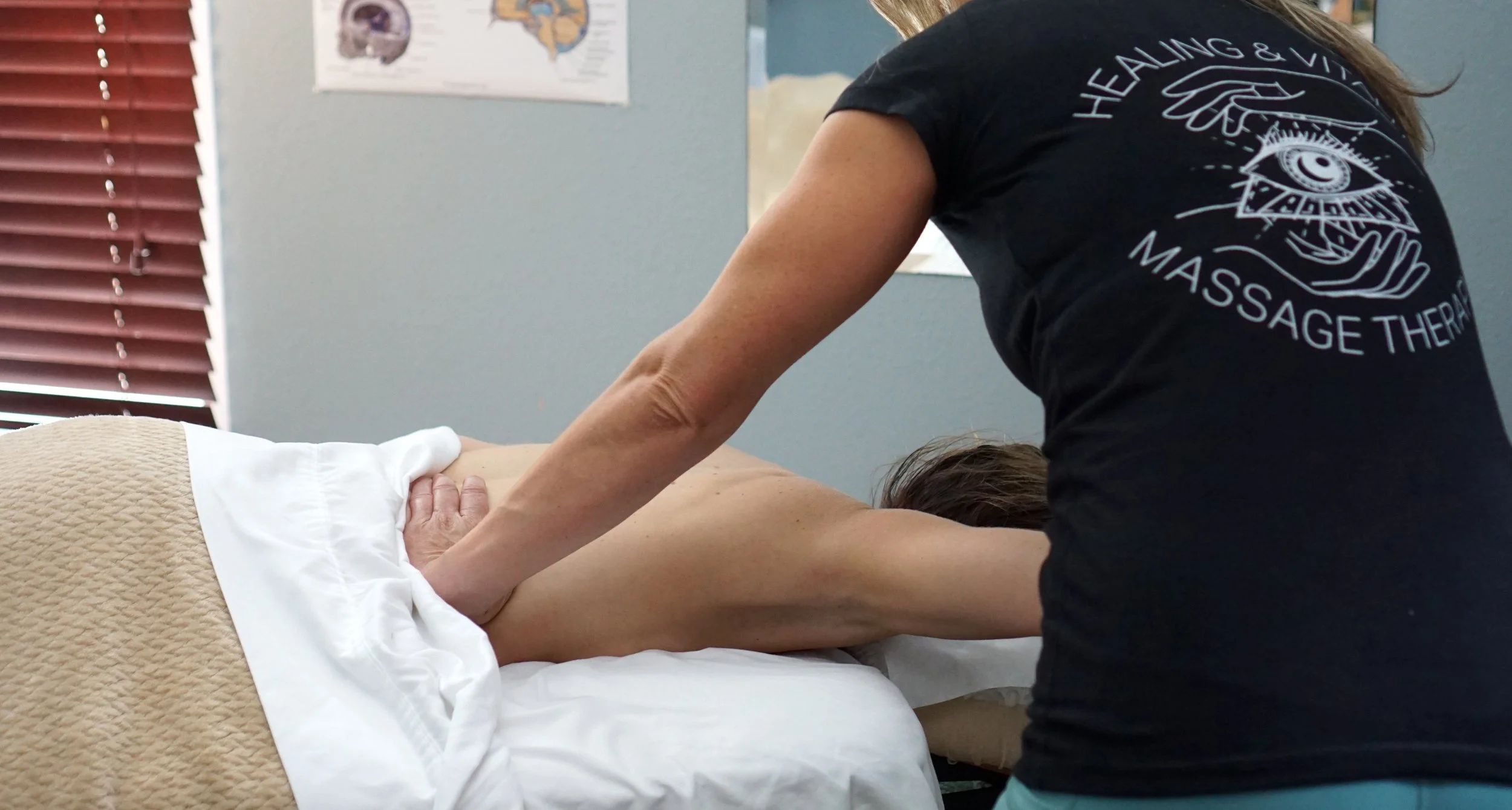What is a Structural Integration Massage?
Structural integration massage, often simply called structural integration, is a specialized form of bodywork that focuses on realigning and balancing the body's structure.
Developed by Dr. Ida P. Rolf in the mid-20th century, this technique aims to improve posture, alleviate chronic pain, and enhance overall movement efficiency by addressing the body's connective tissue system, known as fascia.
Understanding Structural Integration
Structural integration is based on the principle that the body functions best when it is properly aligned with gravity. Over time, factors such as injury, poor posture, repetitive movements, and stress can cause imbalances and misalignments in the body's structure. These imbalances can lead to chronic pain, reduced mobility, and inefficient movement patterns.
The primary goal of structural integration is to restore the body to its natural alignment by manipulating the fascia, the web-like connective tissue that surrounds and supports muscles, bones, and organs. By working on the fascia, structural integration practitioners aim to release tension, break down adhesions, and reorganize the body's structure to achieve better alignment and balance.
The Process of Structural Integration
Structural integration typically involves a series of sessions, often referred to as the "10-series," which systematically addresses the entire body. Each session focuses on a specific area or aspect of the body's structure, gradually working towards overall alignment and balance. Here’s what you can expect during the process:
Assessment: The practitioner begins with a thorough assessment of your posture, movement patterns, and any areas of tension or pain. This assessment helps identify imbalances and guides the treatment plan.
Hands-On Technique: Using a combination of deep, slow strokes and targeted pressure, the practitioner works on the fascia to release tension and realign the body. The techniques can sometimes be intense, as they aim to reach deeper layers of tissue.
Movement Education: Structural integration often includes movement education to help you become more aware of your posture and movement habits. The practitioner may guide you through exercises and techniques to maintain the improvements achieved during the sessions.
Integration: Each session builds on the previous ones, gradually bringing the body into better alignment. By the end of the series, the goal is to achieve a more balanced and efficient structure.
Benefits of Structural Integration
Structural integration offers a wide range of benefits, making it a valuable therapy for various individuals, from athletes to those dealing with chronic pain. Here are some key advantages:
Improved Posture: By realigning the body's structure, structural integration helps improve posture, reducing the strain on muscles and joints and promoting a more balanced and upright stance.
Pain Relief: Structural integration can alleviate chronic pain by addressing the root causes of tension and misalignment. It is particularly effective for conditions like back pain, neck pain, and repetitive strain injuries.
Enhanced Mobility and Flexibility: By releasing fascial restrictions, structural integration increases range of motion and flexibility, making it easier to move and perform daily activities.
Better Movement Efficiency: Improved alignment and balance lead to more efficient movement patterns, reducing the risk of injury and enhancing athletic performance.
Increased Body Awareness: Structural integration promotes greater awareness of your body and movement habits, helping you make positive changes that support long-term health and well-being.
Conclusion
Structural integration massage is a powerful therapeutic approach that goes beyond traditional massage techniques to address the body's structural imbalances. By focusing on the fascia and promoting optimal alignment, it offers profound benefits for posture, pain relief, mobility, and overall movement efficiency. Whether you're looking to enhance your athletic performance, alleviate chronic pain, or simply improve your posture and well-being, structural integration can be a transformative addition to your health regimen.

